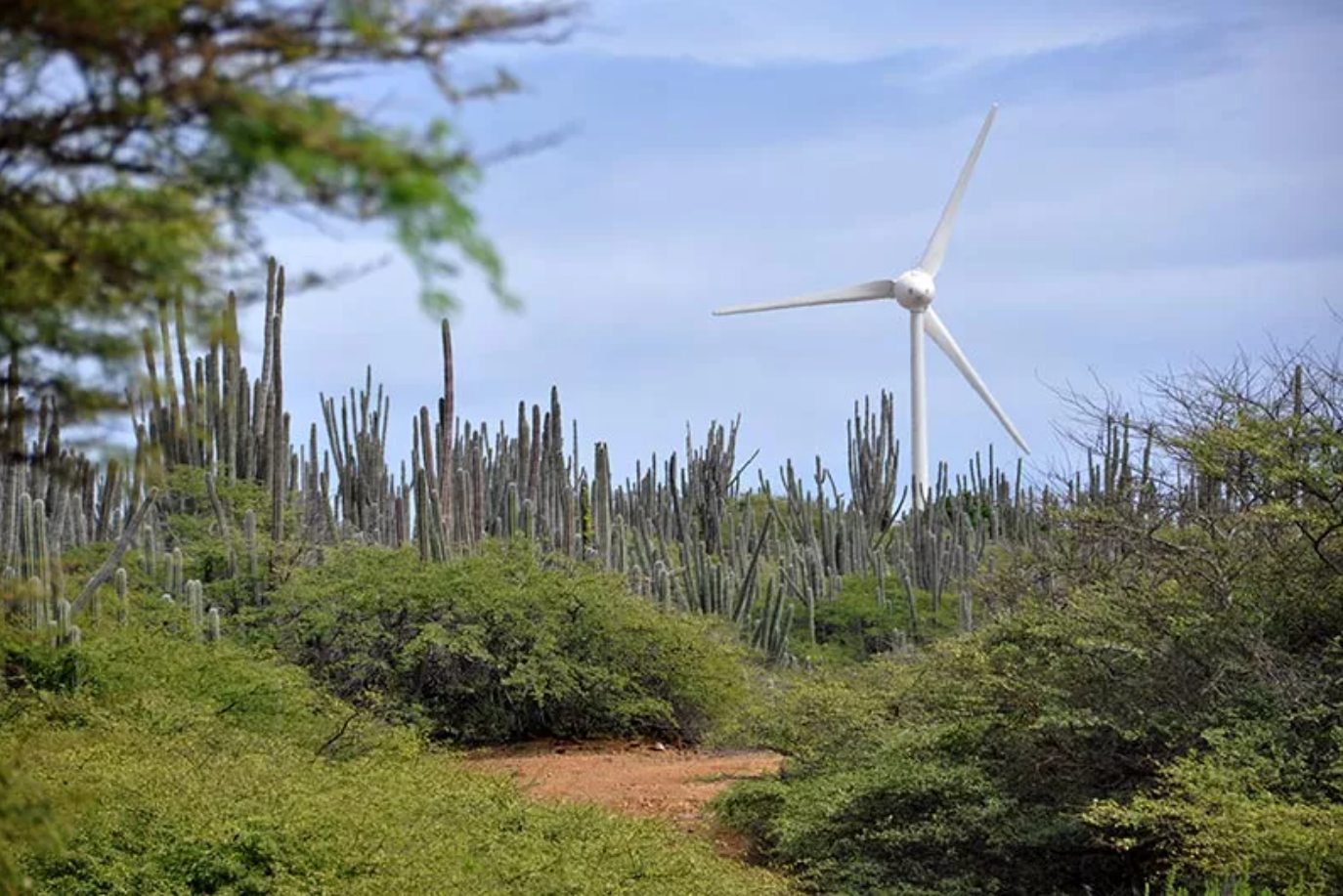Back in 1947, something life-changing happened in Grade Three.
A very blonde-haired girl began attending our two-room school in Hickson, having emigrated from Holland. At recess, she would juggle several balls at a time against the rug brick wall! I liked her.
To help us learn about our classmate’s recently war-ravaged country, our teacher began social study lessons on Holland. I FELL IN LOVE with its windmills, red balls of Edam cheese, wooden shoes, and the lacy white-winged bonnets ladies wore whenever they donned the official Dutch costume. And Holland grew and exported tulips, tulips of all kinds! Every year, in gratitude for the Canadian soldiers who helped free their country during the Second World War, Holland sends an abundance of tulips to Ottawa.
Years later, married and with three children, my husband Lloyd and I served on the Island of Bonaire with the Christian station of Trans World Radio from 1973-1984. Bonaire is a Dutch island in the southern Caribbean. I don’t believe we ever bought a red ball of cheese, but we often purchased a wheel of soft, young Gouda.
At that time, education on Bonaire went up to the equivalent of our Grade Eleven which meant that graduating TWR staff children returned to the home country of their parents to further their schooling. The staff went all out to make each graduation memorable. For two of the girls, the theme for the celebration was “Tulip Time in Holland.” For a backdrop, 1one man on staff made a facsimile of a windmill. It was so large that its blades almost touched the ceiling as they swept around and around in the huge Activity Building.

His 2wife’s committee, which I was part of, made over 100 crepe-paper tulips. Some were placed along the banks of a paper river which flowed under a 3wooden rainbow bridge. Several groups of tulips bloomed behind a short picket fence. We still laugh whenever we remember the comical rendering of the skit, 4Tiptoe Through the Tulips.
Snazzy costumes were made for the 5waiters (younger staff children) who served a delicious Dutch menu at the banquet. They were often heard to say, Eet smakelijk! (Enjoy your meal!)

Such incredible send-offs for the graduates helped to somewhat ease the pain of the upcoming separations. There would be no quick, inexpensive connections with family back on the island. Email or What’s App had not yet been invented. Airmail took two weeks. Phone calls were beyond the missionary stipend.
A sister island, Aruba, dismantled an authentic windmill in Holland and reassembled it, turning it into Ye Olde Molen Restaurant.

I included a photo of this beautiful windmill on page 227 of my book “Little Dutch Isle” (available on Amazon).
Today, 12 tall, commercial, three-bladed windmills on Bonaire’s north-east coast near the Town of Rincon supply one-third of the island’s power.

Along with other treasured Delft pieces, a small replica of a windmill sits on the windowsill of one of our bathrooms.
You will often see me wearing tiny Dutch-shoe earrings with a windmill painted on their toe and two slightly larger Dutch shoes on a necklace.

This spring, Lloyd and I refinished a windmill that adorns a flowerbed in our backyard. We marvelled at its meticulous construction. Obviously, its creator was truly a lover of windmills.

When we walk our little dog, Sparkle, we often go to admire a large windmill in the heritage section of Upper Doon in Kitchener.

My Grade Three teacher had no idea how affected this little pig-tailed girl would be when she shared Holland with me and my classmates.
__________
- Don Beans
- Dianne Beans
- Bob Flaming
- Glenn Sink and Dan Canfield
- Left to right: John McDonald, Daniel McDonald, Rene Hogan, Sammy Montoya, Carol Lowell, Scott Hess, Carlos Montoya, Pam Hogan, Tommy Lowell
